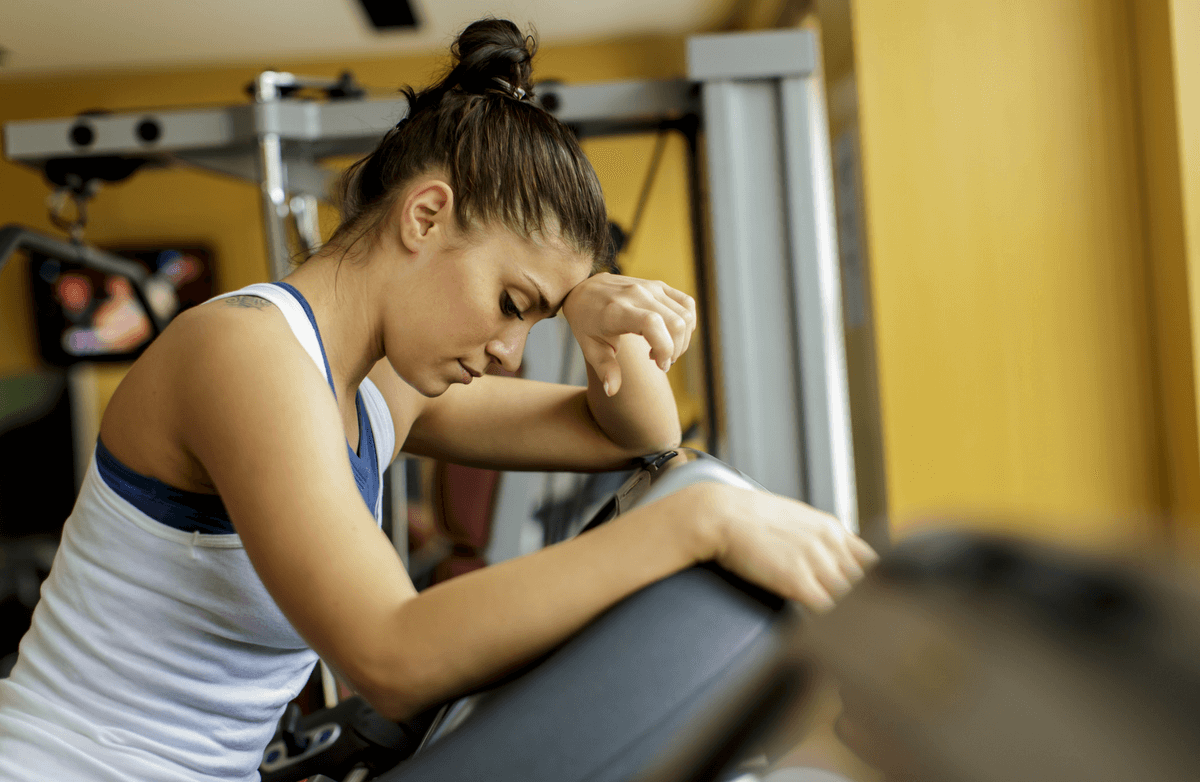Working from home can be convenient, but it often means sitting for long stretches of time. Prolonged sitting can affect your posture, energy levels, and overall health. As a health coach, I guide clients on how to incorporate movement into their day, even when working from home. Small changes can add up to big benefits for your body and mind.
Why Moving Matters
When you sit for hours without moving, circulation slows, muscles tighten, and metabolism decreases. Regular movement improves energy, mood, focus and reduces the risk of chronic diseases such as heart disease, diabetes, and obesity.
Practical Ways to Move More
1. Take Frequent Breaks
Set a timer to stand up and stretch or walk for 2–5 minutes every hour. Even short walks around your home or stepping outside can boost circulation and reset your focus.
2. Walk and Talk
Make phone calls while walking around your home or yard. This turns passive time into active movement and helps break up long periods of sitting.
3. Create a Standing Workspace
If possible, use a standing desk or improvise by working at a counter or high table for part of the day. Alternating between sitting and standing reduces strain on your back and improves circulation.
4. Desk-Friendly Exercises
Try simple stretches or seated exercises while working:
-
Shoulder rolls and neck stretches
-
Seated leg lifts or marches
-
Wrist and finger stretches
These exercises keep your muscles engaged without leaving your workspace.
5. Schedule Mini Workouts
Short movement sessions—like a 10-minute yoga flow, quick bodyweight exercises, or a brisk walk—can be sprinkled throughout the day. These small bouts of activity improve energy and focus.
6. Move During Breaks
Instead of scrolling through your phone during breaks, choose active options: walk the dog, tidy up the house, or do a few stretches. Movement during breaks helps reduce fatigue and refreshes your mind.
7. Turn Routine Tasks into Movement Opportunities
Look for ways to add movement to everyday tasks. Carry laundry up and down stairs, pace while cooking, or do calf raises while brushing your teeth. These small, practical movements add up and help you stay active throughout the day.
8. Combine Movement with Leisure
Watching TV or reading? Stand up, march in place, or stretch during episodes or chapters. Multitasking in this way adds more movement to your day without taking extra time.
Tips for Success
-
Start Small: Even five minutes of movement every hour is better than none.
-
Be Consistent: Build movement breaks into your routine until they become a habit.
-
Track Your Activity: Use a step counter or phone app to monitor your progress.
-
Mix It Up: Variety keeps movement interesting and engages different muscles.
The Takeaway
Working from home doesn’t have to mean sitting all day. By incorporating small, intentional bouts of movement, you can boost energy, improve focus, and support long-term health. Start with manageable steps, and gradually make movement a natural part of your workday—you’ll feel the benefits in your body and mind.













